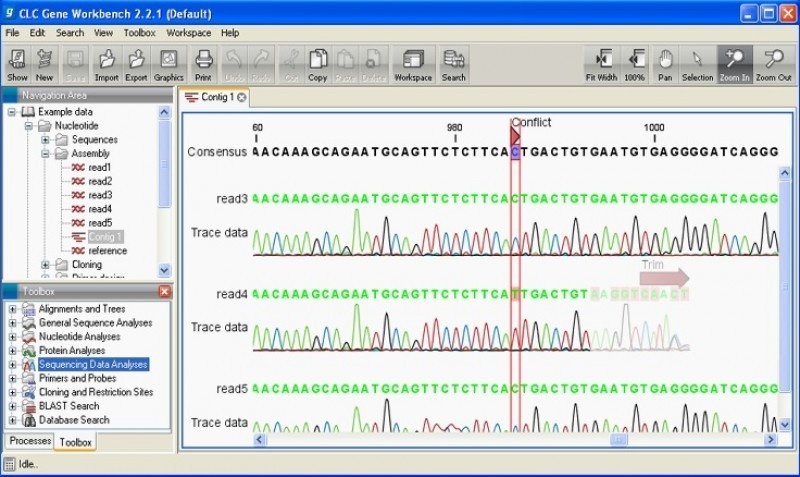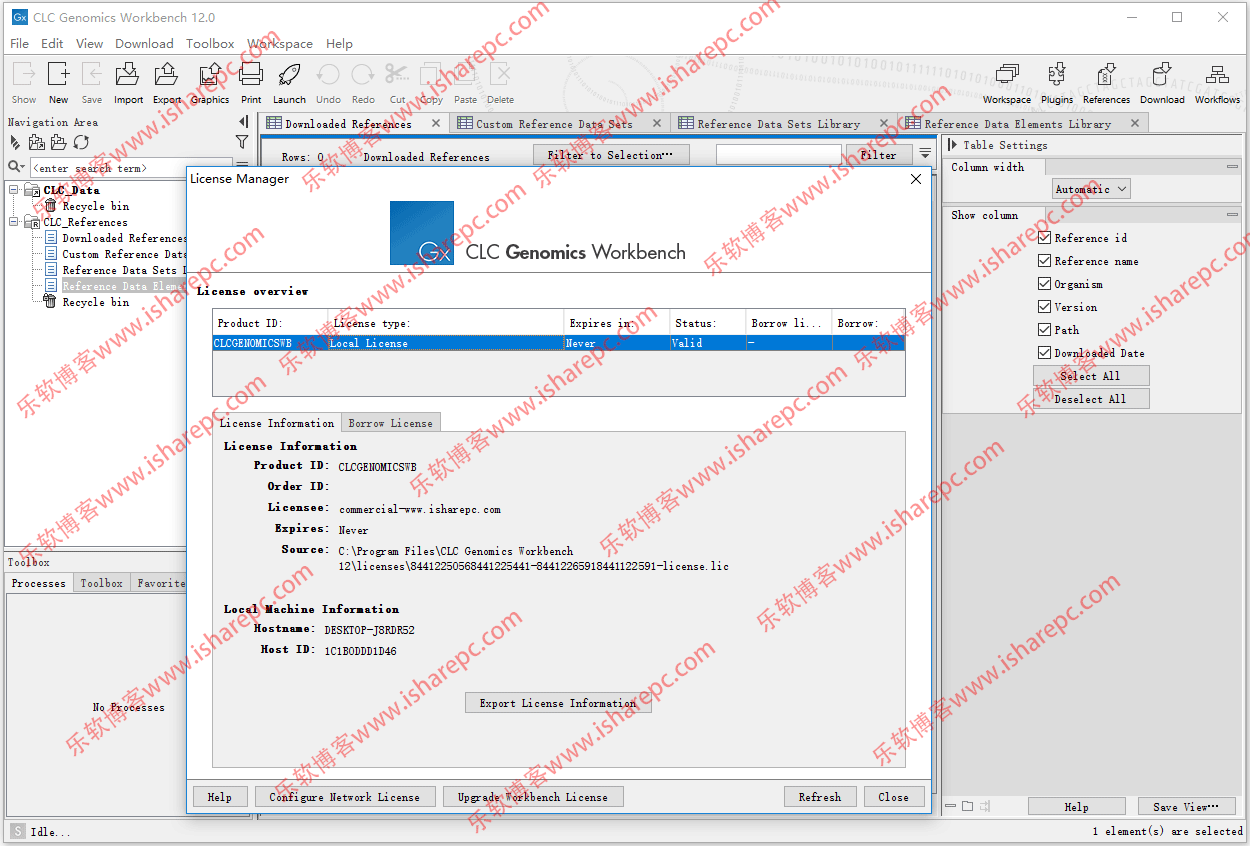


material 3 Fig. 1–3) showed that TSPAN11 has a low expression in kidney compared with skin. Furthermore, inspection of expression levels of TSPAN11 across human tissues involved in CD151 disease using The Human Protein Atlas and NCBI AceView, and expression data from NCBI Gene (online suppl. Furthermore, discrepancy in renal abnormalities was remarkable, the proband was affected by unilateral renal agenesis and kidney failure in early adolescence, while the adult patient from the previous report of the same mutation had a history of protein wasting nephropathy.Īccording to the results from protein alignment in the current study, CD151 has the most sequence similarity to TSPAN11, another member of the tetraspanin family, and it is also the case throughout the large extracellular loop.
#UCSF CLC GENOMICS WORKBENCH SKIN#
Interestingly, Epidermolysis bullosa type pretibial skin blisters, the hallmark of the previous studies, are not present in 2 of the patients of this study (proband and patient 3, aged 14 and 16 years, respectively) and they had no history of this condition. In this study, we presented 3 homozygous siblings for the known mutation c.351+2T>C, who exhibited varying degrees of symptoms among themselves and in comparison with previously reported patients (Table 2). This study supports the pathogenic effect of the CD151 variant c.351+2T>C, highlights the extensive variable expressivity amongst patients, reinforces the contribution of genomic content to clinical characteristics of CD151 mutations, and accentuates the importance of modifier genes.ĬD151 mutations are associated with a very rare disease presented in the OMIM database as nephropathy with pretibial epidermolysis bullosa and deafness (MIM#609057) however, some characteristics such as deafness may not be found in all patients. In addition, in silico analysis in this study appears to suggest a candidate protein, Tetraspanin-11 (TSPAN11), that could partially modify CD151 functions. Interestingly, in terms of clinical findings, symptoms and severity of the disease in the patients in this study were different compared to the previous report of the mutation and the disease. Based on the criteria from ACMG guidelines, this variant is pathogenic. The mentioned variant was not found in population allele frequency databases, and prediction tools concurred in its damaging effect on the protein. This variant is the result of a substitution of nucleotide T with C that changes the position +2 of the donor splice site in intron 5, leading to total loss of exon 5 from the transcript. WES revealed the variant c.351+2T>C, NM_139029 (GRCh37) in CD151, and this was confirmed by Sanger sequencing in all patients. Multiple computational tools were applied for protein alignment, homology modeling, and molecular interaction analysis. The consequence of the CD151 mutation was investigated by RNA extraction and Sanger sequencing of PCR products from cDNA. Confirmation of the mutation in the other patients were carried out using Sanger sequencing. Whole exome sequencing (WES) was performed on the proband, followed by data analysis and in silico assessments. Here, in the third study of CD151 mutations, we report 3 affected siblings presenting variable degrees of renal and dermal symptoms. To date, only 2 pathogenic variants of the CD151 gene have been identified in a related disorder with recessive inheritance. CD151, a member of the tetraspanin family, is essential for normal development of skin and kidney.


 0 kommentar(er)
0 kommentar(er)
